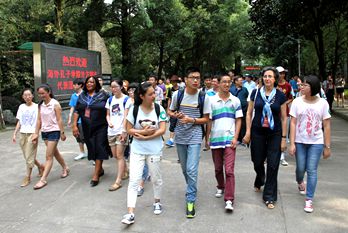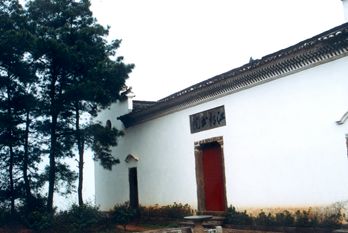The culture of the academy

Academies were a special form of education in ancient China that differed from schools like the imperial college. They were formed because of the influence of the Buddhist education system in the Han (206 BC-220) and Tang (618-907) dynasties. Most of the academies were privately owned. They worshipped and enshrined wise scholars of the past, passed on knowledge of Neo-Confucianism, carefully selected teachers and students, and had abundant books. Academies have been of longstanding and far-reaching influence in Chinese history.
Academies in Quzhou, Zhejiang province, date back as far as the Eastern Han Dynasty (AD 25-220), when the teaching career of Confucians prospered. In Longyou county, Long Qiuchang, a noted Confucian in the Eastern Han Dynasty, had set up an academy at Jiufeng Mountain, which was the original private school.
Academies were so named in the Tang Dynasty and were divided into two categories -- state-run and private. In the ancient history of education in Quzhou, academies sprang up in great numbers during the Song (960-1279) and Yuan (1271-1368) dynasties. They included academies called Keshan, Qingxian, Mingzheng, Songshan, Yiping, Jianglang, Jiyi, Kezhai, Baoshan, Yifeng, Xichuan, Chongwen, Changshan and Shimen. Keshan Academy was set up in the early Song Dynasty and was one of the country’s 22 well-known academies in the Southern Song Dynasty. It not only stood out in the history of the evolving education system, but also had close associations with ancient social organizations, academic thinking and political issues.
In the Ming (1368-1644) and Qing (1644-1911) dynasties, Quzhou had several influential academies including the Yiping, Baoshan, Qingxian, Qulu, Zhengyi, Dingyang, Wenxi and Fengwu academies. Wang Shouren, a famous Neo-Confucian philosopher, once gave lectures in Quzhou. In 1901, academies were transformed into schools, and the culture of the academies ended.

 City brand logo - fist-and-palm salute
City brand logo - fist-and-palm salute Confucianism on campus
Confucianism on campus The culture of the academy
The culture of the academy